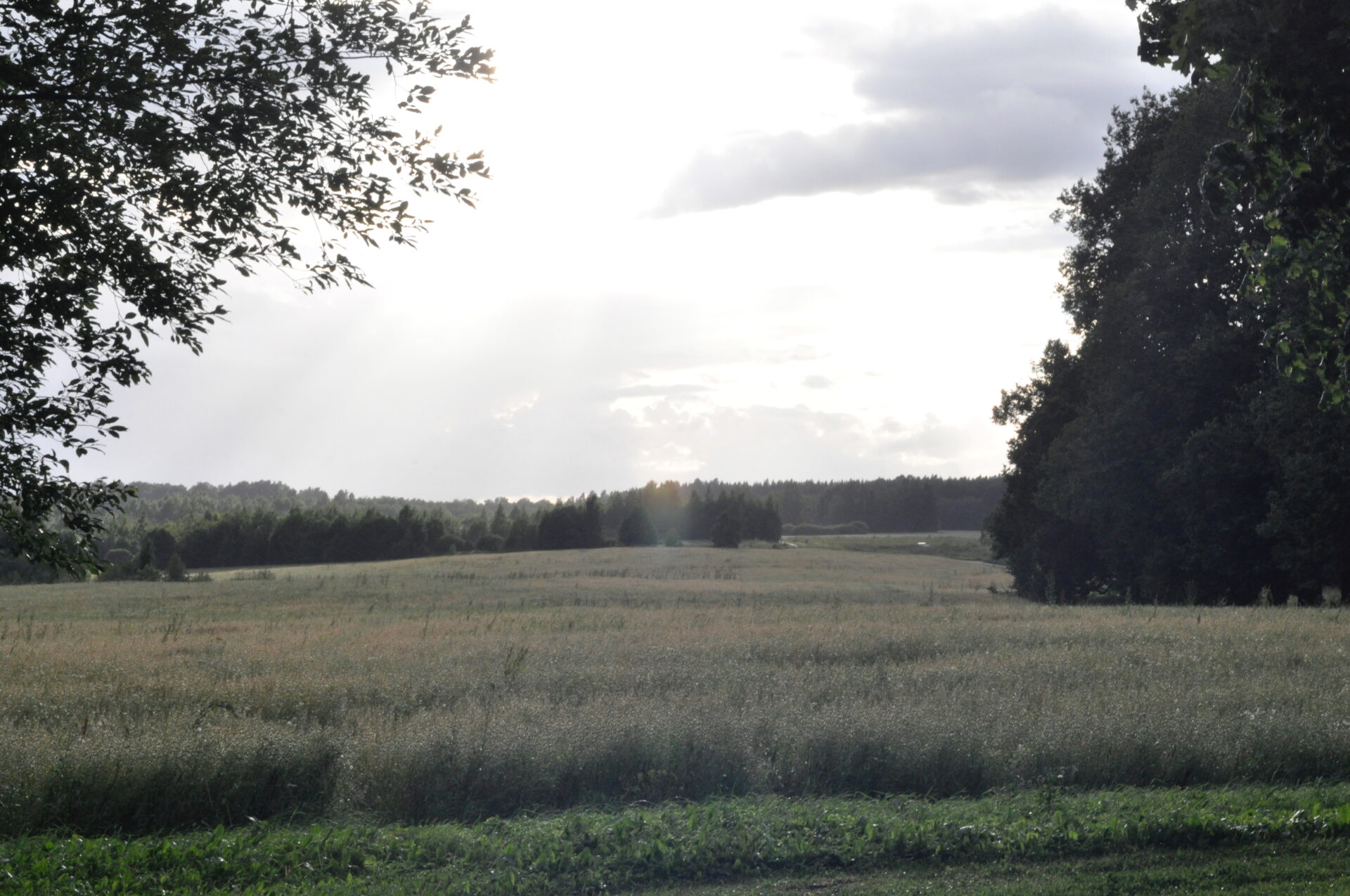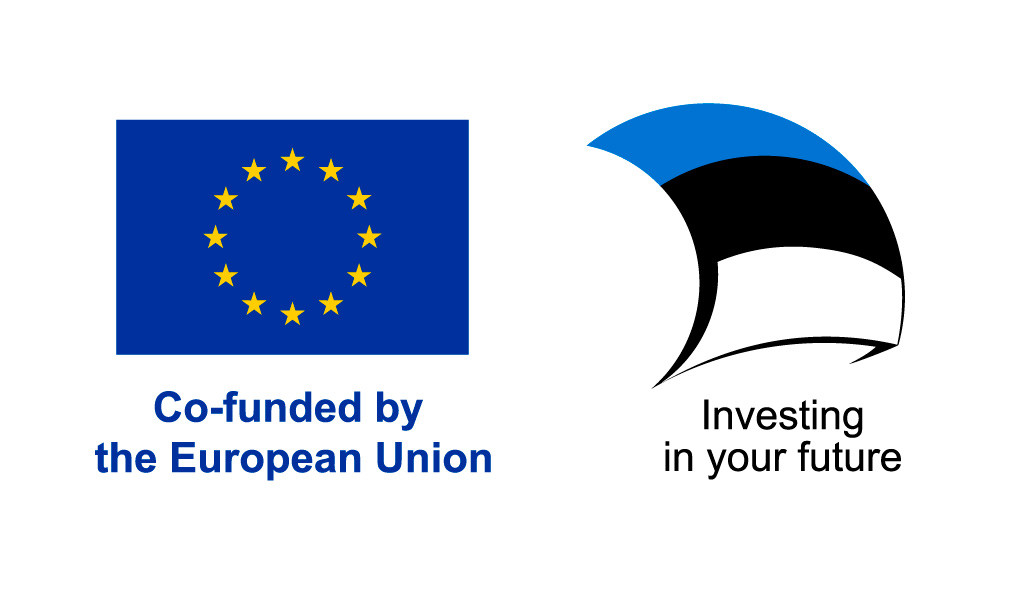- Home
- Circulars
- Programme
- Programme scheme
- Plenary talks
- Book of Abstracts
- List of symposia
- Symposium A.1: Power imbalance and hierarchies in Finno-Ugric studies
- Symposium A.2: Shifting and competing ideologies in minority language development and language maintenance
- Round-table: Finno-Ugric Studies meeting the People
- Symposium B.1: Prehistoric lexical layers in Saami and Finnic
- Symposium B.2: Perspectives on Saami with a particular focus on the smaller languages
- Symposium B.3: South Estonian within and beyond Uralic studies
- Symposium B.4: The size of Uralic nominals
- Symposium B.5: Verbalization of motion events in Uralic
- Symposium B.6: Grammatical Subjects and Objects in Uralic
- Symposium B.7: Clause combining in Uralic languages
- Symposium B.8: Epistemic categories in Uralic and beyond
- Symposium B.9: Discourse particles in the Uralic languages
- Symposium B.10: Marginal phonemes
- Symposium B.11: Prosody of Uralic languages
- Symposium B.12: Building diachronic corpora for minority languages
- Symposium C.1: Reappraising Public Representations of Finno-Ugric Identities
- Symposium C.2: The Possibilities of Studying Finno-Ugric Religions in a Changing World
- Symposium C.3: The winter in Finno-Ugric cultures
- Symposium C.4: Traditional Creation and Modern Experience in Folk Music Revival
- Symposium D.1: Transdisciplinary approach in the studies of the human past
- List of accepted papers
- Receptions
- Book presentations
- Venues
- Excursions
- Guided city walks
- Guided tour through the Estonian Literary Museum
- Introducing the University of Tartu Archives of Estonian Dialects and Kindred Languages (FULLY BOOKED)
- Excursion to Setomaa (FULLY BOOKED)
- Barge trip on the river Emajõgi (FULLY BOOKED)
- Guided tour to the Tartu KGB Cells Museum (CANCELLED)
- Guided tour to the A. le Coq Beer Museum
- Practical information
- About CIFU
- Appeal for South Estonian
- Gallery

Congressus XIV Internationalis Fenno-Ugristarum
Symposium D.1: Transdisciplinary approach in the studies of the human past
Organizers:
Geneticists: Kristiina Tambets1, Lehti Saag1, Alena Kushniarevich1
Archaeologists: Mari Tõrv1, Valter Lang1
Folklorists: Mari Väina2
1 – University of Tartu, 2 – Estonian Literary Museum
Nowadays, studies of the human past employ various approaches and technological capabilities (Racimo et al., 2020). Collaboration between humanities and natural sciences opens up facets of our history that remain inaccessible when examined solely within individual disciplines. While the results obtained within each discipline may not be directly linked, the development, divergence, and pathways manifesting in language and intangible culture are associated with human contacts and communication, migrations, material culture, and changing environments. To study similarities and differences in cultural and biological processes, extensive datasets, new frameworks and methods for their joint analysis are needed. Several recent initiatives have already tackled questions of biological and cultural evolution, for instance, the genetic affinities within language families, spatiotemporal overlaps of material culture and linguistic and genetic origins – both at the Uralic and global level (Barbieri et al., 2022; Creanza et al., 2015; Lang, 2018; Tambets et al., 2018).
This transdisciplinary symposium examines the connections and causes of cultural, and genetic diversity among human groups and provides an overview of the contributions of archaeology, genetics, and other related disciplines to understand the variation seen in linguistic and folklore data. The goal of the symposium is to continue developing cross-disciplinary dialogue and to map the possibilities of the synthesis of datasets related to cultural and genetic heritage. We invite abstracts from researchers of various disciplines (archaeology, folklore, genetics, palaeoclimatology etc) whose data and models shed light on human cultural and biological evolution from various perspectives and in the broadest sense possible.
References:
Barbieri, C., Blasi, D. E., Arango-Isaza, E., Sotiropoulos, A. G., Hammarström, H., Wichmann, S., Greenhill, S. J., Gray, R. D., Forkel, R., Bickel, B., & Shimizu, K. K. (2022). A global analysis of matches and mismatches between human genetic and linguistic histories. Proceedings of the National Academy of Sciences of the United States of America, 119(47), e2122084119.
Creanza, N., Ruhlen, M., Pemberton, T. J., Rosenberg, N. A., Feldman, M. W., & Ramachandran, S. (2015). A comparison of worldwide phonemic and genetic variation in human populations. Proceedings of the National Academy of Sciences of the United States of America, 112(5), 1265–1272.
Lang, V. (2018). Läänemeresoome tulemised. Tartu Ülikooli kirjastus.
Racimo, F., Sikora, M., Vander Linden, M., Schroeder, H., & Lalueza-Fox, C. (2020). Beyond broad strokes: sociocultural insights from the study of ancient genomes. Nature Reviews. Genetics. https://doi.org/10.1038/s41576-020-0218-z
Tambets, K., Yunusbayev, B., Hudjashov, G., Ilumäe, A.-M., Rootsi, S., Honkola, T., Vesakoski, O., Atkinson, Q., Skoglund, P., Kushniarevich, A., Litvinov, S., Reidla, M., Metspalu, E., Saag, L., Rantanen, T., Karmin, M., Parik, J., Zhadanov, S. I., Gubina, M., … Metspalu, M. (2018). Genes reveal traces of common recent demographic history for most of the Uralic-speaking populations. Genome Biology, 19(1), 139.
Contact person: Kristiina Tambets kristiina.tambets@ut.ee



